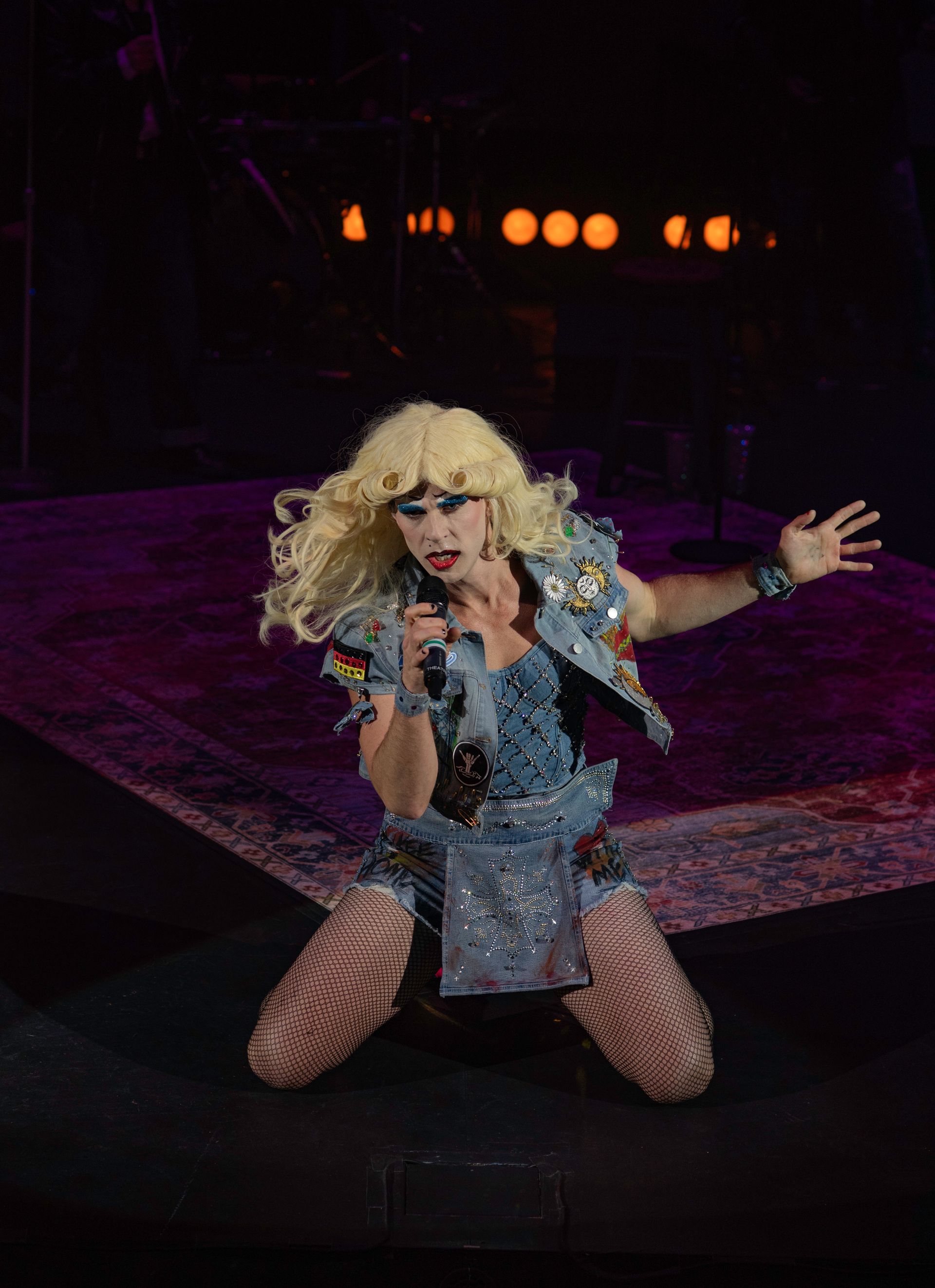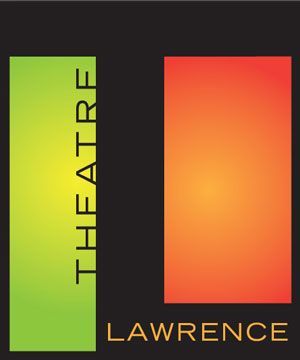More than counting lines
Let’s change the messaging we are giving to our young actors! Somewhere along the line, we have taught our youth that having lots and lots of lines is the ultimate sign of importance when participating in a theatrical production. This just isn’t so, and I would love to change that vision of participating in theatre for them.
When I was growing up, my favorite director would always remind us of Constantine Stanislavsky’s adage, “There are no small parts, only small actors.” Like everyone else I would roll my eyes and wonder who is getting the lead. What I didn’t understand at the time was that no matter how many lines you have to deliver, an actor on stage is always acting and sometimes more importantly reacting to the action of the scene.
Over the twenty years as a theatre educator, I have seen a lot of students who think that their time to act is only when they have a line. They don’t see the time they are standing on stage listen to others as acting moments. I have even had a kid stand when he recited a line then immediately sit on the floor and play with his shoes after the line was over. He viewed the time on stage when he wasn’t speaking “a break.”
Helping young actors to understand that acting is equal parts speaking and reacting, should be a goal of youth theatre. Many times, the smaller characters are the ones who help the audience to understand what is going on in the show. The way they react to what other characters say or do, gives the audience information about the action of the scene.
For example, in the climactic scene in Beauty and the Beast when Gaston is trying to rally the villagers to go after the Beast, and he says, “The Beast will make off with your children. He’ll come after them in the night! Forget the old man! I say… we kill the Beast.”
How the villagers react in that moment can make or break that scene. As a director, I want those villagers to hear what Gaston is saying and be moved to join his attack. It would change the scene greatly if all the villagers who don’t have lines then, simply stood on the stage with little to no emotion or energy. The audience needs the villagers to start getting exciting, full of energy, and physically showing Gaston that they are with him. Gaston will not be as effective storming the Beast’s castle if the villagers are simply passing time on the stage until they have a line.
As a youth educator, this year I am going to focus on helping young actors to shift their focus from number of lines to making the most of their time on stage, and acknowledging how much acting can be done on stage even when silent. So, if you want to check on our progress, come see one of our youth shows this spring or summer!
“Don’t count scenes or lines. Instead, make your scenes and lines count!” - Kerry Hishon, theatre artist.
Theatre Lawrence News & Announcements



